Earle Spamer

Reference Librarian, American Philosophical Society, Philadelphia, Pennsylvania
Earle E. Spamer studied geology at Rutgers University and after receiving his degree went into the field of museum research collections. Before arriving at the American Philosophical Society as a Reference Librarian in 2005, he had been at the Academy of Natural Sciences of Philadelphia for nearly 20 years; his last position was as Archivist of the Academy. He had held earlier positions there as Collection Manager in several specimen research collections, including Botany and Mineralogy. The Mineralogy collection includes the extant rock and mineral specimens from the Lewis and Clark expedition. In the Botany Department he had a close working relationship with the Lewis and Clark Herbarium, co-producing the first digital study-set of those plants. He has had the unusual privilege of having held positions working with the natural history specimens of Lewis and Clark, at the Academy of Natural Sciences, and the journals of the explorers at the American Philosophical Society.
Contributions
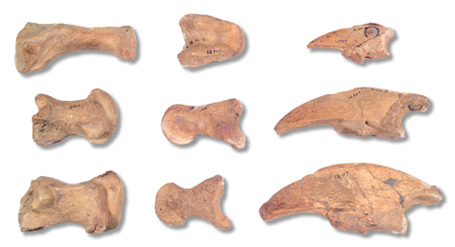

Thomas Jefferson first believed them to be from a kind of lion, which he thought might still survive in the distant wilds of western America. No doubt Lewis had held them too and would be looking for live specimens.
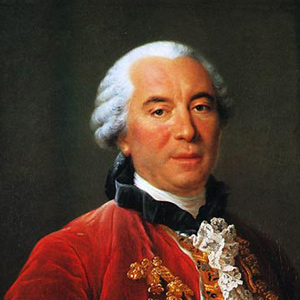

Georges Louis Leclerc, comte de Buffon, was the most influential biologist of the 18th century. The title of Count was bestowed not by birth, but by Louis XV in recognition of his accomplishments.
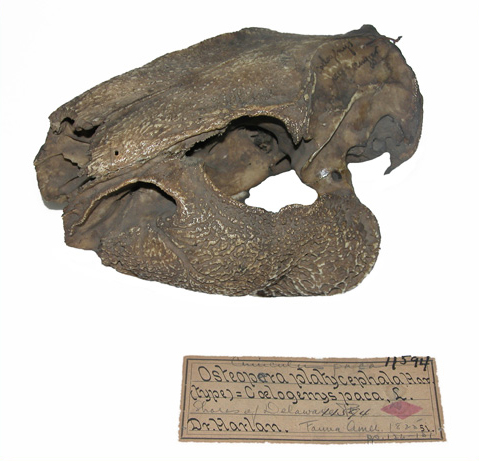

The American fauna was not made up of degenerate forms of Old World animals. And it was not beyond the realm of possibility to find those elusive mastodons and megalonyxes alive. To imagine this sort of thing must have inspired awe in Lewis.
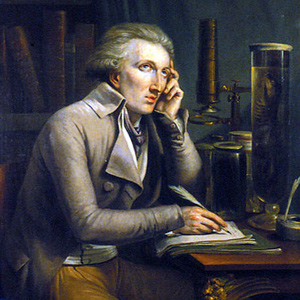

In Cuvier’s time, the idea of extinction was entertained, but it was still in dispute. What was most difficult to ascertain was what extinction meant in understanding the history of the earth.
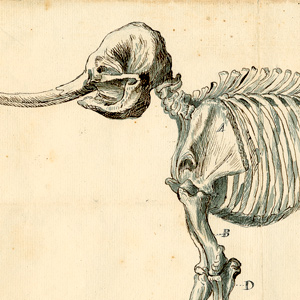

Would Lewis recognize living animals, examples of which he had seen only as bones in Philadelphia? Would the hunting parties of the corps unexpectedly find herds of mastodons, and packs of stealthy predators, or a lumbering solitary grazer previously never seen by humans?
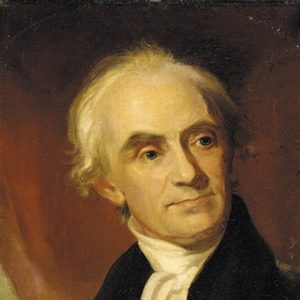

The Fort Mandan shipment of specimens was registered in the so-called “Donation Book” that was compiled for the Lewis and Clark materials received in November 1805. The entries were sequentially numbered by John Vaughan of the APS in Philadelphia.
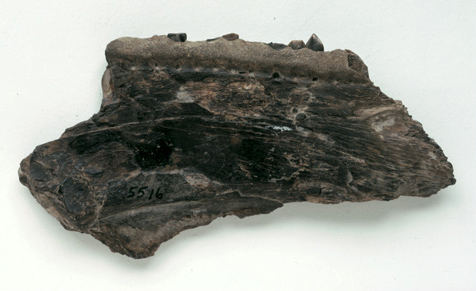

On 6 August 1804, Sgt. Patrick Gass found the one fossil known to survive from the expedition today. The data were recorded by Lewis on a tag that accompanied the so-called Fort Mandan shipment, the first batch of specimens to be sent back East from Fort Mandan, in 1805.
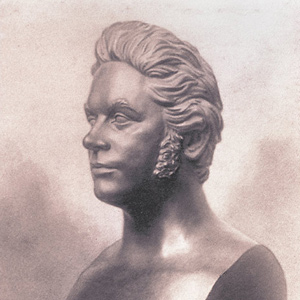

The son of a farmer and merchant in Philadelphia, Richard Harlan became a leading American figure in anatomical studies. He would become the man who named the only fossil that now survives from the Lewis and Clark expedition.
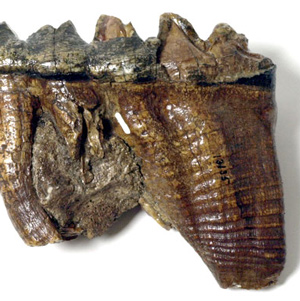

After leaving Pittsburgh, Lewis had his first two opportunities to personally delve into the new science of paleontology. One was a trip to Big Bone Lick, a natural salt lick and fossil bed more than 15,000 years old, situated in Kentucky less than 20 miles southwest of Cincinnati.
For Meriwether Lewis, the theory of extinction was a philosophical argument, not a foregone conclusion. He might even have wondered how he would deal with a live mastodon if he came across one.
Experience the Lewis and Clark Trail
The Lewis and Clark Trail Experience—our sister site at lewisandclark.travel—connects the world to people and places on the Lewis and Clark Trail.
Discover More
- The Lewis and Clark Expedition: Day by Day by Gary E. Moulton (University of Nebraska Press, 2018). The story in prose, 14 May 1804–23 September 1806.
- The Lewis and Clark Journals: An American Epic of Discovery (abridged) by Gary E. Moulton (University of Nebraska Press, 2003). Selected journal excerpts, 14 May 1804–23 September 1806.
- The Lewis and Clark Journals. by Gary E. Moulton (University of Nebraska Press, 1983–2001). The complete story in 13 volumes.

